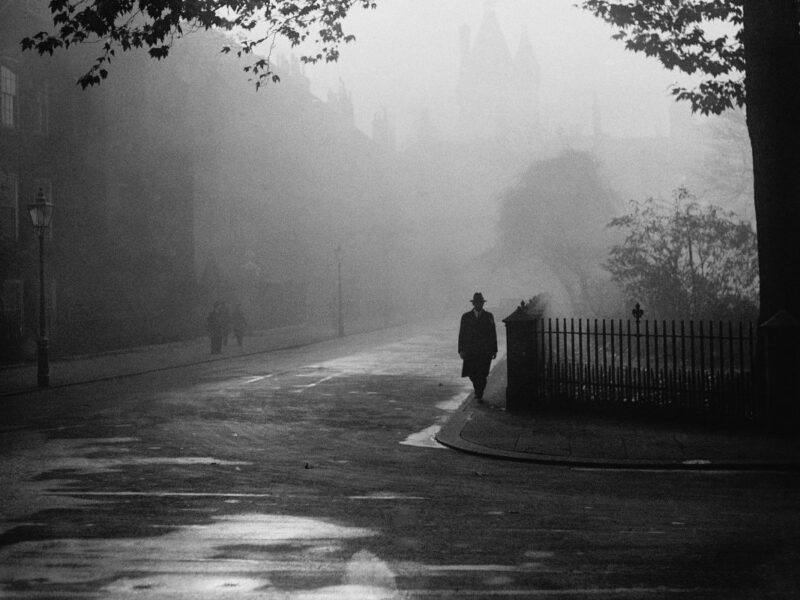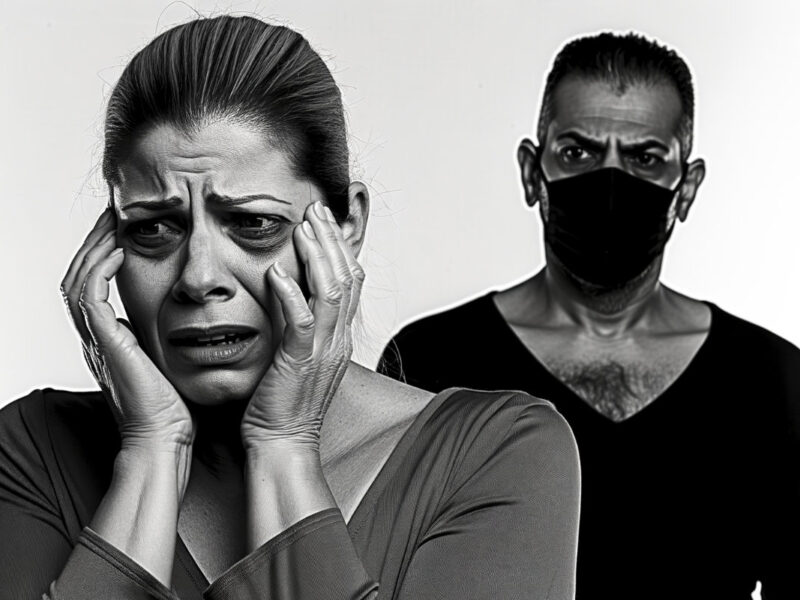It has long been the case that a driver does not need to stop in a traffic accident involving injuries to cats and dogs. That has changed since November 2021. Failing to stop in those cases is now a criminal offence.
Under s 56 of the Road Traffic Ordinance (Cap 374), the driver of a vehicle must stop if his vehicle is involved in an accident which results in injuries or damages to other people or objects on the road:
- Other people are injured
- Other vehicles damaged
- Other things damaged
- Other “animals” are damaged (injured)
“Animals” is limited to a specific list only. In the past, this list is more focused on livestock:
(4) … any horse, cattle, ass, mule, sheep, pig or goat.
Since 7 November 2021, Road Traffic (Amendment) Ordinance 2021 has extended the list to include cats and dogs.
(7) … any horse, cattle, ass, mule, sheep, pig, goat, cat or dog.
Note that it does not matter whether the animal is tame or feral or if an owner is present. If a driver fails to stop, he could face a maximum fine at level 3 ($10,000) and 12 months’ imprisonment.
Furthermore, if requested, the driver must provide information regarding (1) his name and address, (2) those of the vehicle owner, and (3) the vehicle registration number to the police or “any person having reasonable grounds for so requiring” (which would include, e.g. the pet owner). If the driver did not do so, he must report to the police “as soon as reasonably practicable” but in any event, within 24 hours. Failure to provide information or report to the police could result in a maximum fine at level 4 ($25,000) and 6 months’ imprisonment.
Since 7 November 2021, drivers must stop in traffic accidents involving injuries to cats and dogs. Extending the duty to stop is hoped to protect these injured animals in traffic accidents better and provide aid and assistance to those in need.
Gordon Chan, Esq
Barrister-at-law, Archbold Hong Kong Editor on Public Health, and Member of the Bar Association's Committee on Criminal Law and Procedure. Specialised in medical, technology and criminal law.



